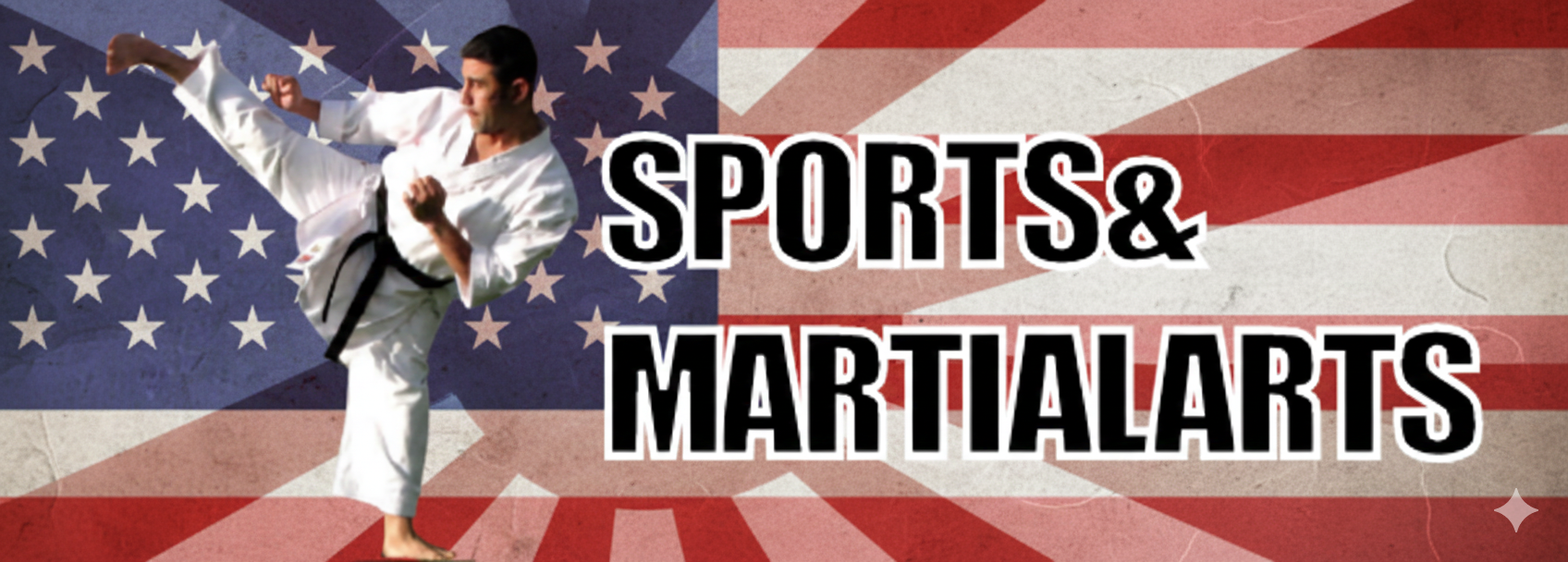Contents
The Ninjato Ninja Sword: History, Features, and Functionality
The Ninjato, also known as the Ninja-to or Shinobigatana, is one of the most iconic weapons associated with the mysterious and stealthy ninjas of feudal Japan. While shrouded in myth and legend, this sword remains a symbol of ingenuity, adaptability, and purpose-driven design. Unlike the elegantly curved katana used by samurai, the Ninjato is often depicted as a straight-bladed weapon optimized for speed, concealment, and utility.
Origins of the Ninjato
The historical accuracy of the Ninjato’s origin is still debated. There are no surviving original Ninjato swords from the feudal era, and most examples are modern interpretations or creations inspired by movies, martial arts demonstrations, and literature. However, it is believed that ninjas—covert agents trained in espionage, sabotage, and assassination—needed a versatile weapon that was easy to carry and quick to draw in tight situations.
The Ninjato, as portrayed today, is thought to have evolved from tools and short swords that peasants or lower-class warriors could repurpose into weapons. Simplicity, function, and resourcefulness were likely more important than ornate craftsmanship or ceremonial value.
Features of the Ninjato

Blade Design:
The most distinctive feature of the Ninjato is its straight blade, which contrasts sharply with the curved katana. This design allowed for quicker forging, simpler maintenance, and more efficient stabbing thrusts—useful in close combat.
Length:
Typically shorter than a katana, the Ninjato’s blade ranged from 18 to 24 inches, while the overall sword including the handle might be around 30 to 34 inches long. This compact size made it easier to maneuver in confined spaces or while climbing.
Weight:
A traditional Ninjato would weigh around 1.5 to 2.5 pounds, making it lighter than many full-length katanas. The reduced weight allowed for faster draw and mobility, both crucial for a ninja’s quick strikes and silent movement.
Handle and Guard:
The handle (tsuka) was often wrapped in traditional cord (ito), similar to a katana. The guard (tsuba) was usually square rather than round, which gave it a practical advantage: it could be used as a step or hook when climbing walls or manipulating obstacles.
Comparison to the Samurai Sword (Katana)
| Feature | Ninjato | Katana |
|---|---|---|
| Blade Shape | Straight | Curved |
| Blade Length | 18–24 inches | 24–30+ inches |
| Weight | 1.5–2.5 pounds | 2.5–3.5+ pounds |
| Tsuba (Guard) | Usually square, utilitarian | Often ornate and round |
| Purpose | Quick attacks, stealth utility | Honor-based duels, battlefield usage |
| Craftsmanship | Basic, functional | Highly refined and artistic |
The katana was a symbol of honor, used by the samurai class and often passed down through generations. The Ninjato, by contrast, was a tool—practical and expendable. While the katana emphasized tradition and aesthetic, the Ninjato focused on mission success and functionality.
How the Ninjato Was Secured on a Ninja Suit
Ninjas typically wore dark clothing, often called a shinobi shozoku, designed for stealth and silent movement. The Ninjato was usually secured on the back or across the lower back, allowing the ninja to:
- Draw the sword over the shoulder for speed
- Move without obstruction when crawling or climbing
- Use the scabbard (saya) as an additional tool—for blocking, climbing, or even breathing through water if it was hollow
Some variations of the scabbard even featured hidden compartments to store powders, darts, or small tools, reinforcing the idea that the Ninjato was part of a larger utility system rather than just a weapon.
Conclusion
The Ninjato may not have the same historical authenticity or artistic refinement as the katana, but it holds a unique place in martial arts culture and popular imagination. It represents adaptability, minimalism, and strategy—the true traits of a ninja. Whether seen in film, used in training, or displayed as a collector’s item, the Ninjato continues to captivate martial artists and enthusiasts around the world.
Main Index
- Karate
- Kenpo Karate
- Taekwondo
- Stretching
- Exercise Encyclopedia
- Health and Fitness
- Tournaments and Events
- Yoga
Follow our Social Media!










